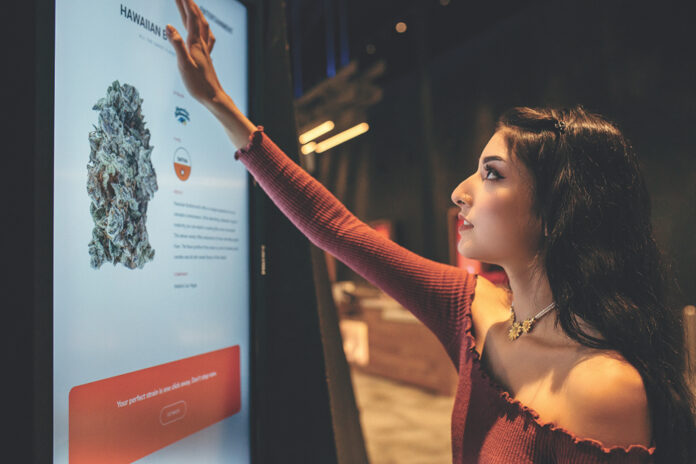LONDON – Cannabis marketers who see 50 percent of the population as a homogeneous customer base are destined to disappoint more than they satisfy, but that doesn’t mean they can ignore key motivational factors appealing to a wide swath of American cannabis consumers—the 50 percent who happen to be women.
A new study conducted by market research and consumer data firm YouGov sheds light on some of the most consistent shopping motivations, preferences, and concerns among female cannabis consumers aged 21 years and older in the United States. Survey data was collected through rolling surveys rather than a single, limited questionnaire, using a nationally representative sample.
7 key findings on what women value
- 70 percent of women say price is the most persuasive factor between similar products.
- 70 percent of women use cannabis for relaxation.
- 69 percent of women use cannabis for sleep improvement.
- 41 percent of women substitute cannabis for prescription or over-the-counter medications.
- 36 percent of women use cannabis multiple times a day.
- 34 percent of women spend less than $50 on cannabis each month.
- 23 percent of women hold or plan to acquire a medical marijuana card.
The recent national election results underscored the significance of economic concerns among consumers. As 2025 approaches, brands must understand the cost of goods remains a top priority for most Americans.
“Consumer confidence recorded the strongest monthly gain [in October] since March 2021, but still did not break free of the narrow range that has prevailed over the past two years,” said Dana M. Peterson, chief economist at the Conference Board, which measures U.S. consumer confidence. “Despite further slowing in overall inflation and declines in gas prices, average 12-month inflation expectations rose to 5.3 percent in October from 5.2 percent last month. This may reflect continued upward pressures on food and services prices.”
Given steady consumer concerns about inflation and the cost of everyday goods, it should come as no surprise that nearly three-quarters of YouGov survey respondents identified price as the most important factor when choosing between two cannabis products. In fact, price was the only factor influencing more than 50 percent of respondents’ final purchase decisions. ”Description of effects” persuades 49 percent, followed by both “discounts” and “premium ingredients” at 36 percent, and “budtender recommendations” and “testimonials” at 26 percent.
Considering the inconsistency in cannabis brands, product categories, and prices nationwide, it’s wise to approach any national product preference data from such a diverse demographic with caution. The survey showed 80 percent of women have smoked flower, 74 percent have tried edibles, and 59 percent have tried concentrates, but the survey failed to identify current product preferences among women.
Dispensaries, on the other hand, keep a close watch on that kind of information.
“Our data shows female purchasing preferences break down consistently, with flower products commanding 32–42 percent of sales across age groups,” said John Mueller, chief executive officer at Greenlight Dispensary. “Pre-rolls have emerged as our fastest-growing segment among female consumers, currently averaging 11–16 percent of purchases across age ranges.”
According to Meuller, edibles preferences vary widely by age among female consumers, peaking at nearly 30 percent of sales for his senior demographic. Among Greenlight’s youngest female customers, concentrates consistently are the most popular at about 21 percent of sales. But the differences tend to wash away during April and November.
“Missouri’s female consumers mirror the same shopping patterns as male customers during peak sales months,” said Mueller.
In the days leading up to 4/20 and Green Wednesday, everyone’s looking for the best deals.
Slightly more than one-third of YouGov survey respondents reported spending up to $49.99 on cannabis products each month. Around 20 percent said they spend between $50 and $99.99, and 14 percent reported spending between $100.00 and $149.99. Only about 5 percent of respondents admitted spending more than $250 per month on cannabis products.
Retailers can anticipate revenue increases of up to 90 percent in the days leading up to Green Wednesday on November 27, 2024. Data from Jane Technologies shows that, on average, retailers captured 90.5 percent more revenue on the Wednesday before Thanksgiving in 2023 compared to the three preceding Wednesdays.













